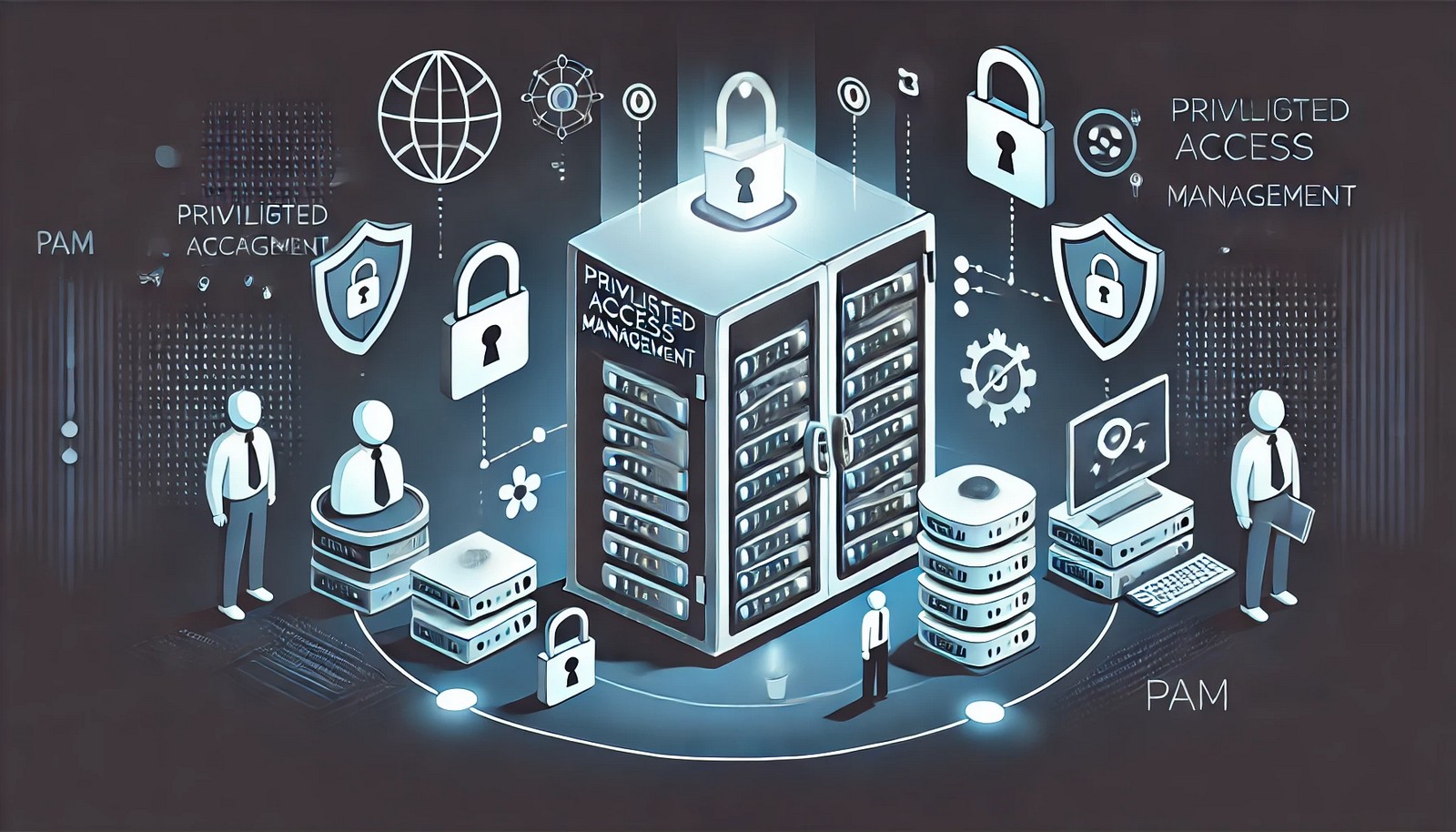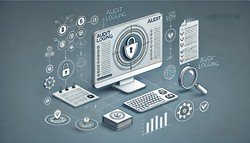Privileged Access Management

(Representational Image | Source: Dall-E)
Quick Navigation:
- Privileged Access Management Definition
- Privileged Access Management Explained Easy
- Privileged Access Management Origin
- Privileged Access Management Etymology
- Privileged Access Management Usage Trends
- Privileged Access Management Usage
- Privileged Access Management Examples in Context
- Privileged Access Management FAQ
- Privileged Access Management Related Words
Privileged Access Management Definition
Privileged Access Management (PAM) refers to a cybersecurity strategy and technologies used to control, monitor, and secure access to critical systems and sensitive information by privileged users. It ensures that only authorized individuals have access to sensitive resources and provides oversight to prevent misuse, breaches, or insider threats. PAM includes tools like password vaults, session monitoring, and just-in-time access to minimize security risks.
Privileged Access Management Explained Easy
Imagine you have a treasure chest filled with valuable things. You wouldn’t give the key to just anyone, right? Instead, you keep it locked and only let certain people open it when needed. Privileged Access Management works the same way—it makes sure that only the right people can access important information and only when necessary, keeping it safe from hackers or misuse.
Privileged Access Management Origin
The need for Privileged Access Management grew with the rise of digital systems and cybersecurity threats. Early IT environments relied on shared admin credentials, but as cyberattacks evolved, businesses needed more advanced ways to manage and monitor privileged accounts. The first PAM solutions emerged in the early 2000s to enhance security in enterprise networks.
Privileged Access Management Etymology
The term “Privileged Access Management” combines “privileged” (indicating special authority), “access” (entry or use of systems), and “management” (control and oversight). It refers to the controlled handling of accounts that have elevated permissions in IT environments.
Privileged Access Management Usage Trends
With the increase in cyber threats and data breaches, PAM adoption has surged. Regulatory compliance, such as GDPR and HIPAA, has made PAM a necessity for businesses handling sensitive data. The growth of cloud computing and remote work has further emphasized the importance of managing privileged credentials securely.
Privileged Access Management Usage
- Formal/Technical Tagging:
- Cybersecurity
- Identity and Access Management (IAM)
- Information Security - Typical Collocations:
- "PAM solutions"
- "privileged access policies"
- "session monitoring"
- "zero-trust security with PAM"
Privileged Access Management Examples in Context
- A financial institution uses PAM to ensure only authorized employees can access critical customer data.
- PAM solutions restrict access to cloud servers, reducing the risk of unauthorized data breaches.
- IT administrators use PAM tools to monitor and record privileged account sessions to detect suspicious activity.
Privileged Access Management FAQ
- What is Privileged Access Management?
Privileged Access Management (PAM) is a security approach that controls and monitors access to sensitive systems by privileged users. - Why is PAM important?
PAM helps prevent unauthorized access, insider threats, and data breaches by enforcing strict security controls on privileged accounts. - How does PAM work?
PAM solutions manage privileged accounts using methods such as password vaulting, session monitoring, and just-in-time access. - What are examples of privileged accounts?
Privileged accounts include system administrators, database administrators, and accounts with elevated permissions in IT systems. - How does PAM improve cybersecurity?
PAM minimizes security risks by limiting access, tracking privileged user activity, and enforcing strict authentication measures. - What industries use PAM?
Industries such as finance, healthcare, government, and IT rely on PAM for securing sensitive data and critical infrastructure. - How is PAM different from Identity and Access Management (IAM)?
IAM controls access for general users, while PAM focuses specifically on securing accounts with elevated privileges. - What are common PAM tools?
Popular PAM tools include password managers, session monitoring software, and privileged access gateways. - How does PAM help with regulatory compliance?
PAM ensures organizations meet compliance requirements by enforcing strict access controls and audit trails. - What challenges does PAM face?
Challenges include implementation complexity, user resistance, and the need for continuous monitoring and updates.
Privileged Access Management Related Words
- Categories/Topics:
- Cybersecurity
- Information Security
- Compliance & Risk Management
Did you know?
A cybersecurity report revealed that over 80% of data breaches involve compromised privileged credentials. This statistic highlights why PAM is essential for organizations to secure their most critical data and systems.
Authors | Arjun Vishnu | @ArjunAndVishnu

PicDictionary.com is an online dictionary in pictures. If you have questions or suggestions, please reach out to us on WhatsApp or Twitter.
I am Vishnu. I like AI, Linux, Single Board Computers, and Cloud Computing. I create the web & video content, and I also write for popular websites.
My younger brother, Arjun handles image & video editing. Together, we run a YouTube Channel that's focused on reviewing gadgets and explaining technology.
















Comments (0)
Comments powered by CComment